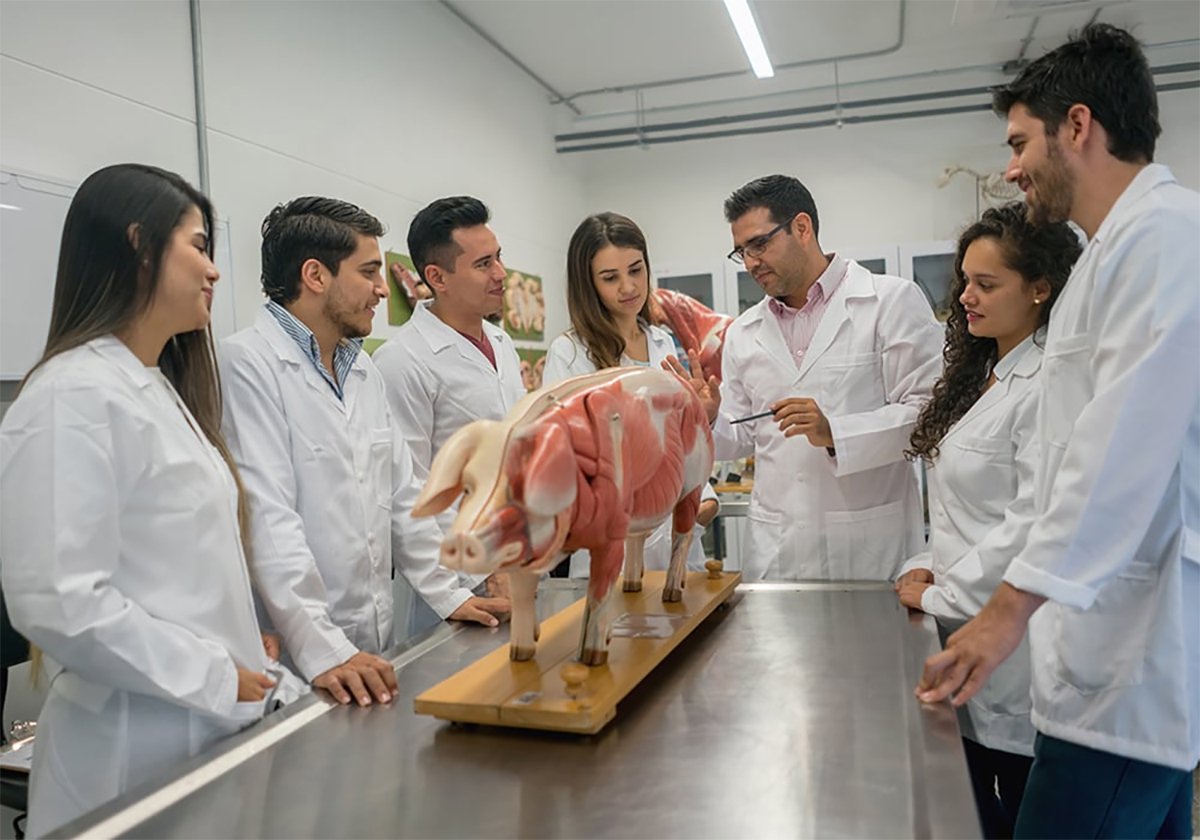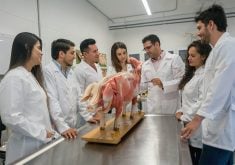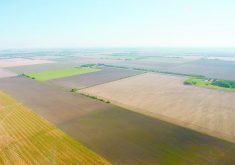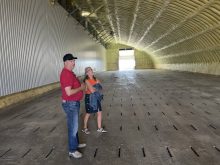Survey shows farmers are paying more attention to safe practices, but injury statistics are still ‘awfully high’
CHARLOTTETOWN — Seventy-five percent of farmers think they do their work safely most of the time, but four in 10 reported injuries in a new Farm Credit Canada survey.
In the study, 11 producers reported a personal, family or employee injury in the last decade.
Robin Anderson of the Canadian Agricultural Safety Association, who shared the findings at her group’s annual conference in Charlottetown earlier this month, called those injury reports “awfully high.”
“We don’t see minor injuries or close calls listed, so there might be a disconnect where farmers are saying, ‘I do things safely all the time or most of the time,’ but then we’re not seeing that reflected in the death stats and injury rates,” she said in an interview.
Read Also

Students urged to consider veterinary medicine
Alberta government makes $86.5 million investment in University of Calgary to double capacity for its veterinary medicine program to address labour shortages in the field.
Respondents listed family, worker and personal safety among their top reasons for improving safety on farms, with legislation and regulation listed near the bottom.
Many farmers point to old habits as impeding such improvements.
“ ‘This is the way I’ve always done things’ isn’t the safest way,” she said.
Anderson said 11 percent of producers reported having written safety plans, which represents a small but encouraging increase over the results of a similar survey done four years ago.
Farmers like to receive printed materials and said their safety knowledge largely comes from suppliers, farm and commodity associations, provincial agricultural associations, the provincial government, CASA, St. John’s Ambulance and the Red Cross.
“Producers have a strong relationship with their agribusiness reps. They have the ear of those farmers already.”
Anderson said most desired increased safety on the farm but were negative about government legislation.
“We felt a lot did not know about OHS (occupational health and safety) that applies to their farms,” she said, noting the impact of Alberta’s Bill 6 was felt across the country.
This year’s CASA conference focused on keeping children safe, with the theme shifting to adults for its 2017 meeting and to senior adults the following year.
“We started with the youngest, who will grow up to be our future farmers and who are integral to the success of Canadian agriculture and securing its future. We are talking about how we can instill the love of agriculture without endangering them and harming that future,” said Anderson.
She pointed to the high incidence of machine runovers involving children and stressed the need for improved safety measures.
“Some culture shifts are needed to keep them out of places where that could happen,” Anderson said.
Accident rates are high for senior adults and are often the result of age-related challenges such as slower reaction times, use of medications and memory impairment.
“Senior farmers depend more on remembering instead of instinct,” she said.















